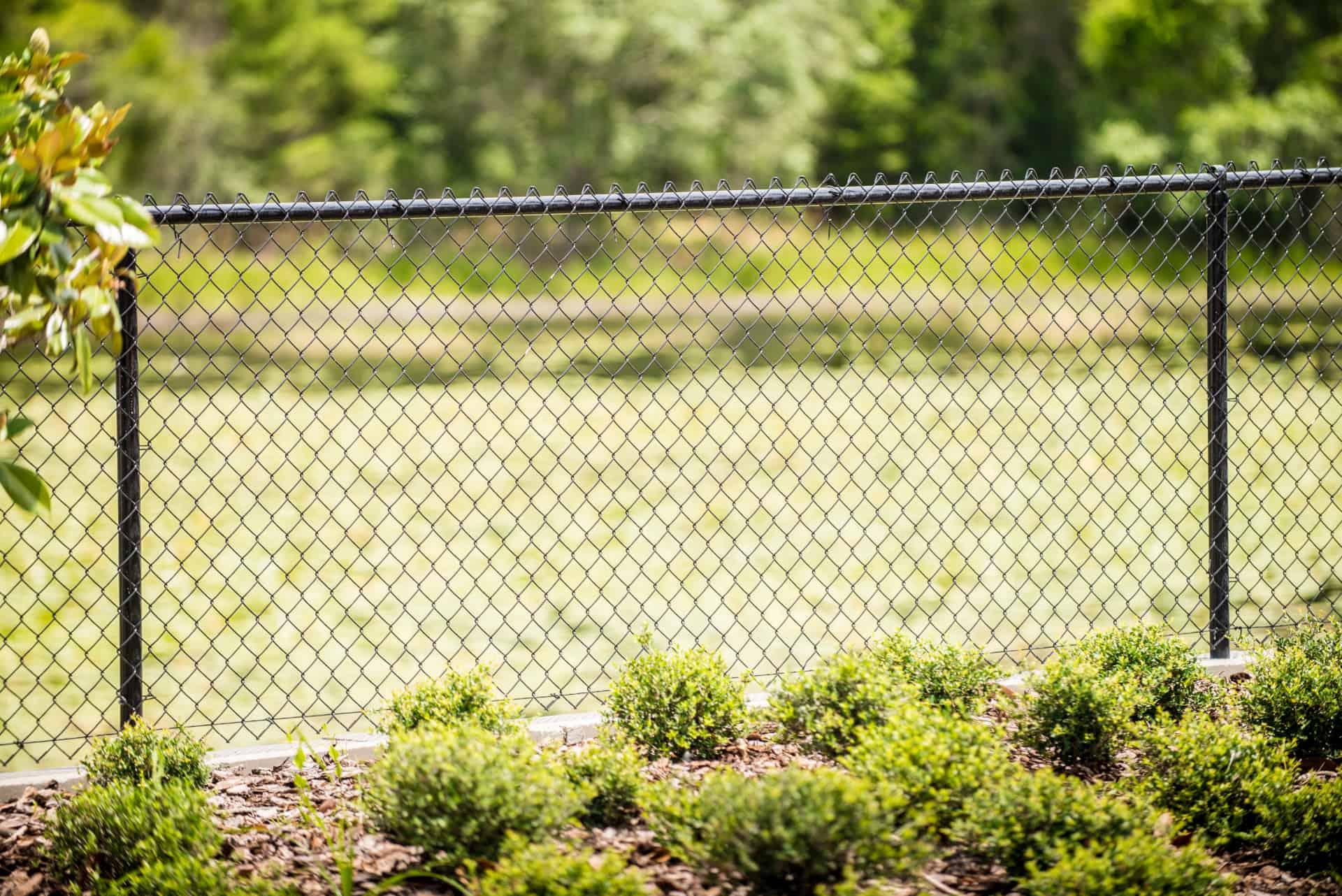Freeway Sound Barrier Walls A Comprehensive Overview
In modern urban environments, the increasing reliance on roadways has led to a rise in vehicular noise pollution, which can significantly affect the quality of life for residents near busy highways. To combat this issue, many cities and municipalities have implemented freeway sound barrier walls, designed to reduce noise transmission from traffic to surrounding areas. This article delves into the purposes, designs, materials, and effectiveness of sound barrier walls.
Purpose of Sound Barrier Walls
The primary aim of freeway sound barrier walls is to diminish the noise produced by vehicles traveling at high speeds. Such barriers help create a more peaceful atmosphere for people living or working close to highways, contributing to better mental and physical health. Moreover, they can increase property values, as homes situated in quieter zones are generally more desirable.
Noise pollution can also harm local wildlife, disrupting their natural behaviors and habitats
. Sound barrier walls can mitigate these effects by providing a level of acoustic separation between busy roads and wildlife areas, fostering a more sustainable coexistence.Design and Aesthetics
Sound barrier walls come in a variety of designs and heights, tailored to the specific needs of the location they occupy. Typically, these walls range from 8 to 20 feet tall. Effective sound barriers must be constructed tall enough to intercept the sound waves traveling above the ground, taking into account the fluctuations in roadway topography.
Aesthetic considerations are also crucial when constructing sound barriers. Many municipalities opt for designs that blend seamlessly with the surrounding environment. Some barriers are adorned with artistic murals or integrated with green spaces, transforming them into community assets rather than mere infrastructure. Natural vegetation can be included, which not only adds beauty but can also further absorb sound.
freeway sound barrier walls

Materials Used
The materials employed in sound barrier construction are critical to their performance and longevity. Common materials include concrete, wood, and vinyl, each offering unique advantages. Concrete walls are durable and effective at blocking noise but can appear stark and uninviting. Wood offers a more natural look and can be treated to withstand weathering, though it may require more maintenance over time. Vinyl barriers are lightweight and resistant to moisture but might not provide the same level of sound insulation as heavier materials.
In recent years, innovations in materials technology have led to the use of composite materials and recycled products in the construction of sound barriers. These options not only enhance acoustic performance but also promote sustainability by repurposing waste materials.
Effectiveness and Case Studies
The effectiveness of sound barrier walls can vary significantly based on their design, materials, and local acoustic conditions. Studies indicate that properly constructed barriers can reduce noise levels by 5 to 15 decibels, significantly improving the sound environment for nearby residents.
Case studies from various cities have shown that the implementation of sound barriers results in noticeable improvements in resident satisfaction and quality of life. For instance, communities that have installed sound barriers along major thoroughfares often report reduced complaints regarding noise, leading to a more harmonious living environment.
Conclusion
In summary, freeway sound barrier walls serve as an essential tool in urban planning, aimed at mitigating the adverse effects of traffic noise on communities. With thoughtful design, appropriate materials, and a focus on aesthetics, these barriers can effectively enhance the living experience for residents, promoting both tranquility and property value. As urban areas continue to grow, the role of sound barriers will become increasingly significant in creating livable spaces amidst the hustle and bustle of modern life.
-
Why Galvanized Trench Cover Steel Grating Resists Corrosion
NewsJul.10,2025
-
The Versatility and Strength of Stainless Expanded Metal Mesh
NewsJul.10,2025
-
Load Calculations in Steel Grating Platforms
NewsJul.10,2025
-
Keeping Pets and Kids Safe with Chicken Wire Deck Railing
NewsJul.10,2025
-
Hole Diameter and Pitch for Round Perforated Metal Sheets
NewsJul.10,2025
-
Aluminium Diamond Mesh in Modern Architecture
NewsJul.10,2025
Subscribe now!
Stay up to date with the latest on Fry Steeland industry news.

